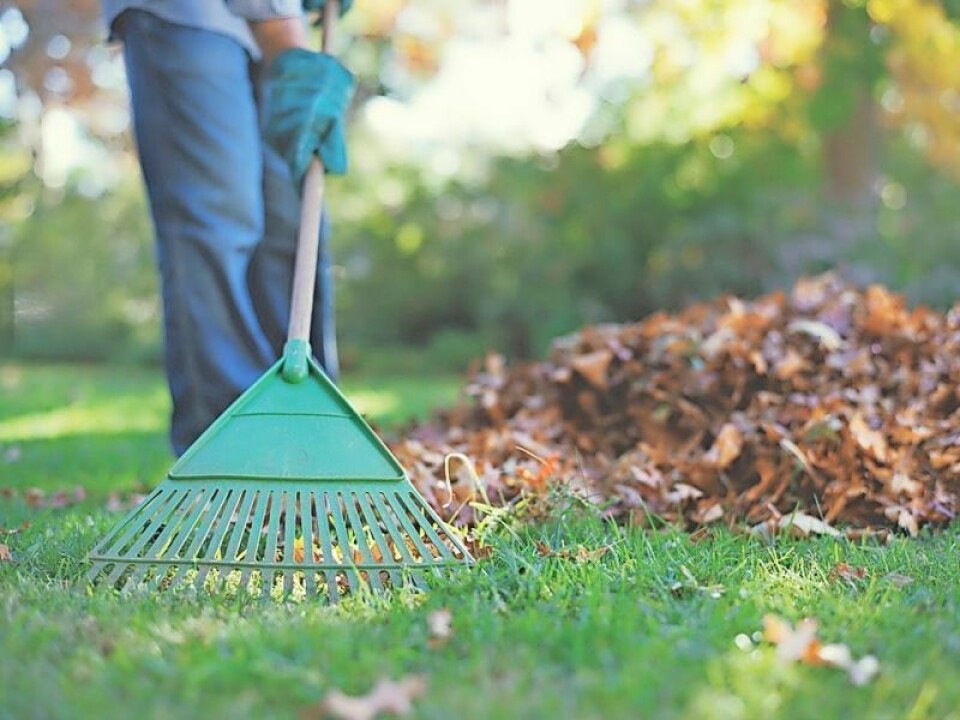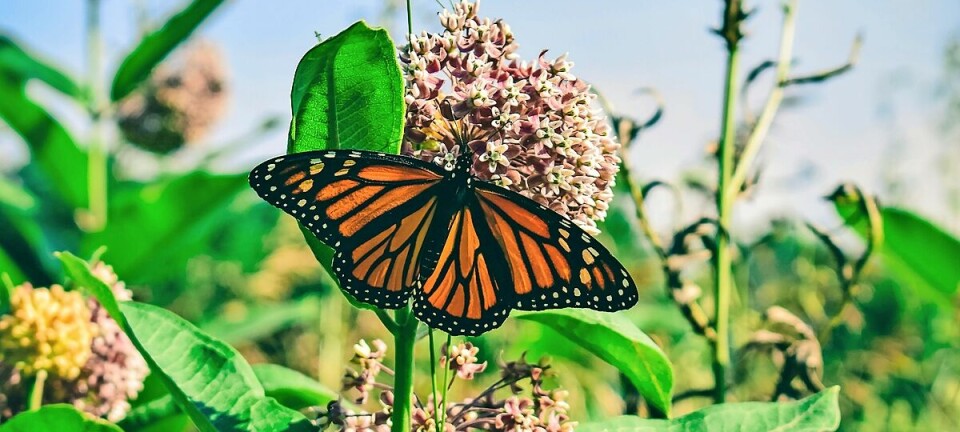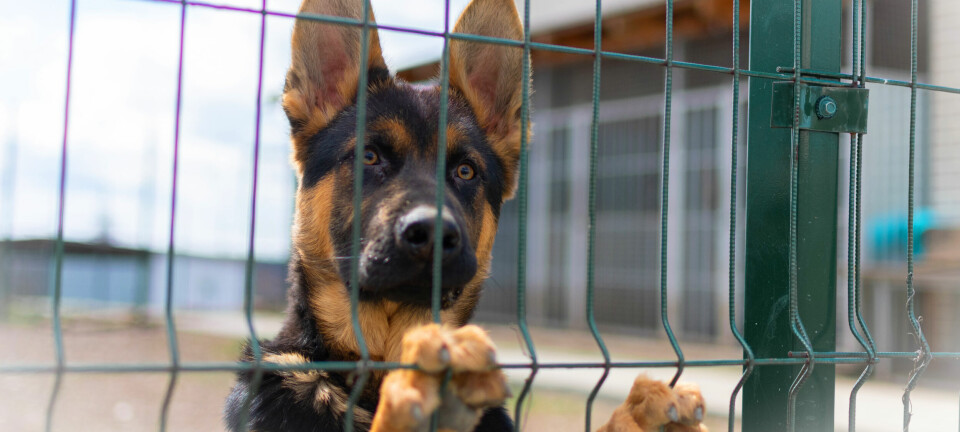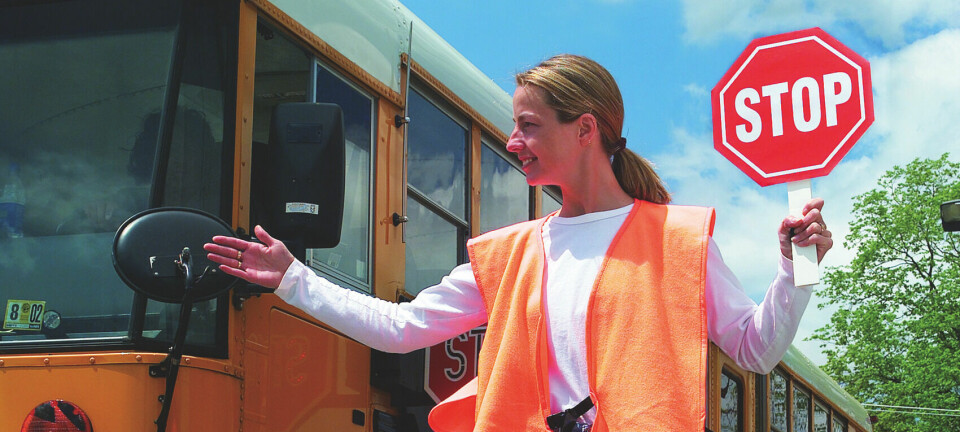To rake or not to rake? Maybe just leave the leaves

Fall is a time of beautiful colors and changing leaves, but eventually, those leaves fall to the ground. What is one to do with all the leaves that fall in the fall?
If you want to help pollinators and other native species survive the winter, then leave those leaves where they fall. According to the Xerces Society, an environmental group that promotes conservation, we should all think twice before we rake, mow or blow those leaves. Insects and other invertebrates rely on fallen leaves and other organic debris to cover and insulate them from the elements.
Insects like woolly bear caterpillars use leaf piles for cold weather protection and to protect them from predators. Woolly bears are the caterpillar stage of medium-sized moths known as tiger moths. Tiger moths, which hatch in spring after the woolly bear has survived the winter, are an important food source for many animals including small birds, arthropods, reptiles, amphibians and small mammals and are a valuable part of the ecosystem. Tiger moths also are important pollinators of night-blooming plants and spread pollen on their hairy legs. Thus, their survival over the winter is important for the ecosystem as a whole.
Bumble bees also utilize the leaves by creating nests in cavities underground, in trees or in brush piles. Queen bumble bees burrow only an inch or 2 into the earth to hibernate for winter. The extra layer of leaves is protection from the elements. Stick insects drop more than 100 eggs from tree tops that free-fall to the ground, where they winter in the leaf litter until spring.
Leaving the leaves and other plant debris does not mean your lawn has to suffer as a result; there are options. Leaves can be raked into garden beds, around tree bases or into other areas. While too many leaves can kill grass, when left on soil, the leaves can suppress weeds, help plants and trees regain moisture, and boost nutrition for surrounding vegetation. Mowing and shredding leaves is the least preferred method as keeping leaves whole is the best way to ensure you cover and protect the insects and eggs already living there.
One common noise heard each fall is the leaf blower, but before you pick up that leaf blower, there are a few factors to consider. First, the World Health Organization has reported the sound level for the person holding a leaf blower exceeds 100 decibels, which exceeds the daytime standard of 55 decibels for up to 800 feet, which is about two neighborhood blocks. Second, statistics show that in California gas-powered landscape equipment including the leaf blower contributes more to air pollution than vehicles, as the leaf blower is a two-stroke engine in which only 70% of the fuel completely combusts, thereby producing 300 times the greenhouse gas emissions of a pickup truck.
So if you want to help the ecosystem this fall, think before you rake and let your neighbors know that when leaves blow to adjoining yards, as inevitably happens, you are helping the ecosystem by letting them fall where they may.
























